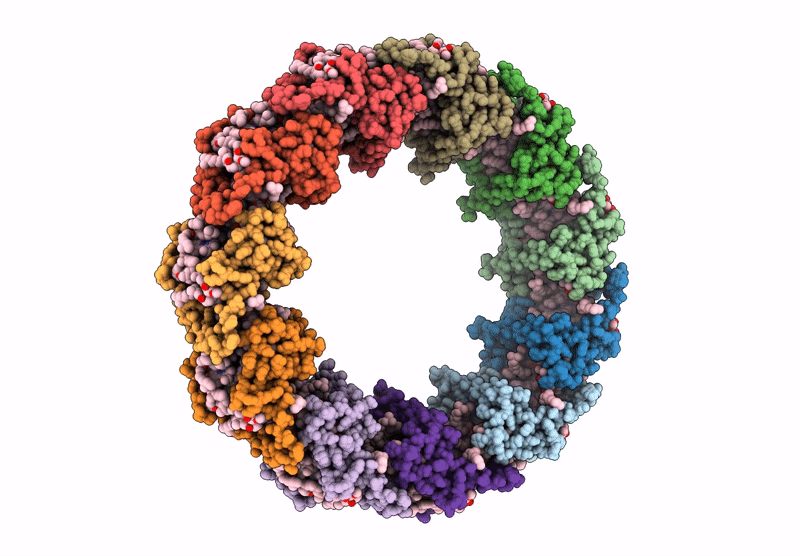
Deposition Date
2022-12-28
Release Date
2023-01-18
Last Version Date
2024-07-03
Entry Detail
PDB ID:
8HW1
Keywords:
Title:
Far-red light-harvesting complex of Antarctic alga Prasiola crispa
Biological Source:
Source Organism:
Prasiola crispa (Taxon ID: 173492)
Method Details:
Experimental Method:
Resolution:
3.13 Å
Aggregation State:
PARTICLE
Reconstruction Method:
SINGLE PARTICLE


